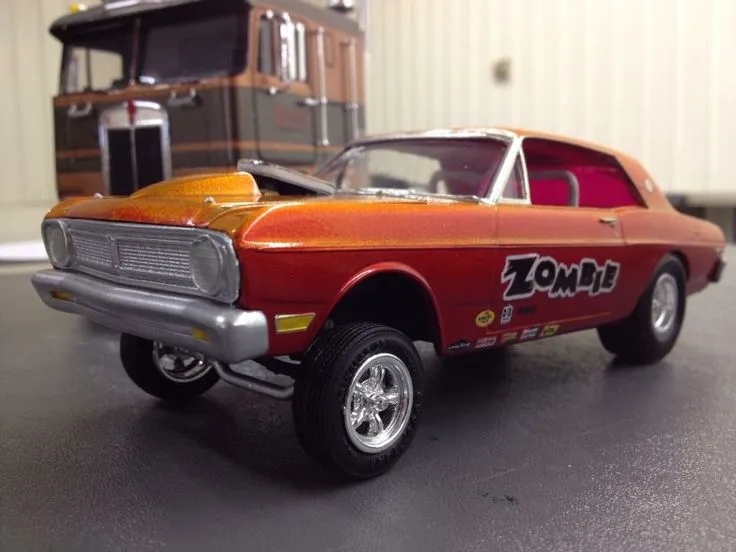What are Diecast Models?
Diecast models are miniature replicas of vehicles, typically made using a die-casting process where molten metal is poured into molds to create intricate designs. These models are highly sought after by collectors of all ages, from children who enjoy playing with them to serious enthusiasts who appreciate their detail and historical significance. The market for these models is vast, covering a wide range of vehicles from classic cars and trucks to modern race cars, airplanes, and even military vehicles. Trading these models is a popular activity, offering opportunities to expand your collection, find rare pieces, and potentially make a profit.
The History of Diecast Models
The history of diecast models dates back to the early 20th century, with companies like Dinky Toys and Corgi Toys pioneering the production of these miniature vehicles. Initially created as toys, these models gained popularity due to their durability and realistic designs. During World War II, metal shortages led to a decline in diecast production, but the industry rebounded in the post-war era, with new manufacturers and improved techniques. The evolution of diecast models reflects advances in manufacturing and design, with each generation of models becoming more detailed and accurate. Understanding the history of these models provides valuable context when trading, as it impacts the rarity and value of different models.
Popular Scales of Diecast Models
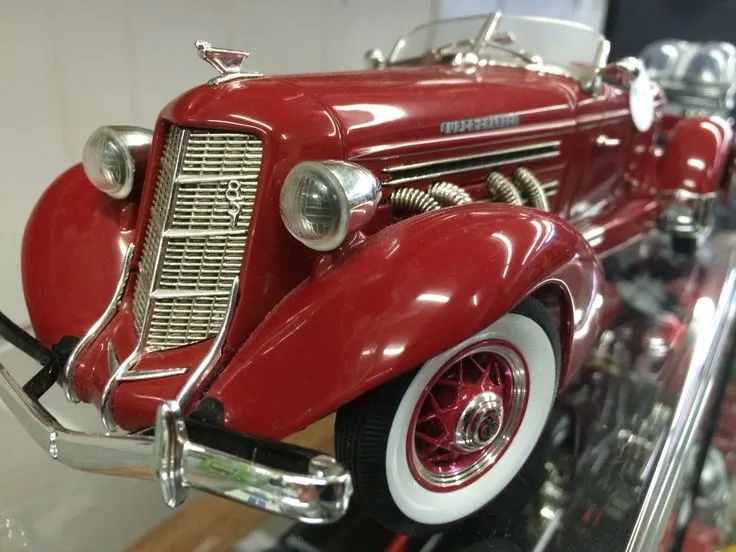
Diecast models come in a variety of scales, the most common being 1 18, 1 24, 1 43, and 1 64. Each scale offers a different level of detail and size, catering to various collectors’ preferences. Larger scales, such as 1 18, are known for their intricate details and higher prices, making them popular with serious collectors. Smaller scales, like 1 64, are more affordable and easier to display, making them ideal for beginners or those with limited space. The choice of scale often influences trading decisions, as it affects the availability, demand, and value of specific models. Knowing the popular scales is essential for a successful trade.
Where to Trade Diecast Models
The world of trading diecast models offers a variety of avenues for collectors to connect and exchange their prized possessions. From the digital realm to physical events, there are numerous platforms and communities where enthusiasts can engage in trading, buying, and selling. Choosing the right venue to trade your models depends on your goals, experience, and the type of models you’re looking to trade. The following sections delve into some of the most popular and effective locations to trade diecast models, covering online marketplaces, forums, and local events.
Online Trading Platforms
Online trading platforms have revolutionized the way diecast models are traded, providing a global marketplace accessible 24/7. Websites like eBay, specialist model car trading platforms, and online forums dedicated to collecting offer vast selections and opportunities to connect with buyers and sellers worldwide. These platforms typically offer features like seller ratings, detailed model descriptions, and secure payment methods. When trading online, it is important to take precautions such as reviewing seller feedback, requesting detailed photos, and being cautious about prices that seem too good to be true. Always read the platform’s policies to understand your rights and obligations.
Diecast Model Forums and Communities
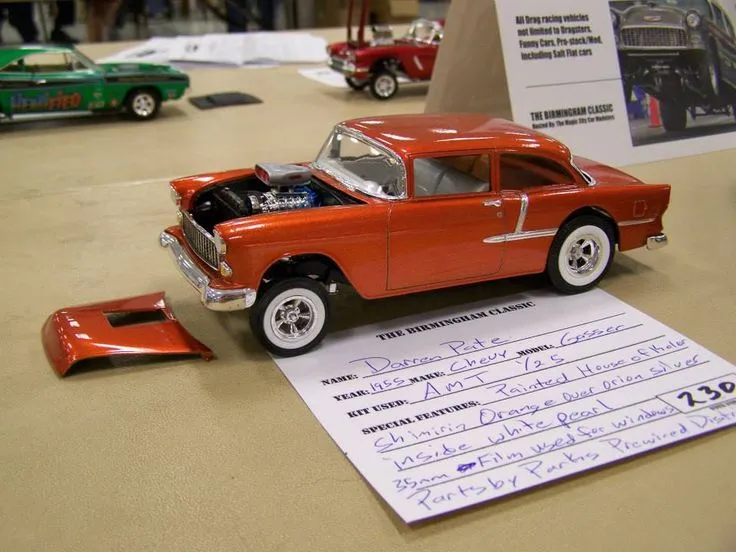
Diecast model forums and online communities provide a supportive environment for collectors to share information, discuss models, and trade. These forums often feature dedicated trading sections where members can list models for sale or trade, offering the opportunity to connect directly with other enthusiasts. Participating in these communities provides access to valuable expertise, model reviews, and the chance to find rare pieces that might not be available elsewhere. Building a reputation within these communities by being active, helpful, and honest is important. Forums often have rules about trading, so it’s important to familiarize yourself with them before making any trades.
Local Diecast Model Shows and Events
Local diecast model shows and events offer a more personal and interactive trading experience. These events bring together collectors, vendors, and enthusiasts, creating a vibrant marketplace for buying, selling, and trading models. Attending shows allows you to see models in person, negotiate deals face-to-face, and build relationships with other collectors. These events often feature model displays, contests, and auctions, providing a chance to expand your knowledge and appreciation for diecast models. Preparing for these events involves bringing models in good condition, setting realistic prices, and being ready to negotiate with potential trading partners. Remember to bring cash, as not all vendors accept credit cards.
How to Assess Model Value
Accurately assessing the value of diecast models is crucial for successful trading. The value of a model is influenced by several factors, including its rarity, condition, scale, and brand. Researching the market price of similar models and understanding the specific features that make a model collectible are critical steps in determining its worth. The following sections delve into key factors that affect model value and provide insight into identifying valuable and sought-after pieces. Understanding the model’s value will help you to conduct fair trades.
Factors Affecting Value
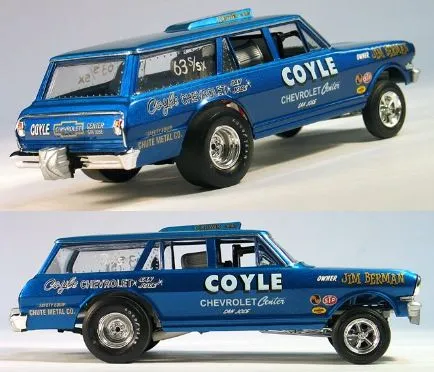
Several factors contribute to a diecast model’s value. Rarity, the availability of the model, is a primary determinant, with limited-edition models or those produced for a short time commanding higher prices. The condition of the model, including any scratches, dents, or missing parts, also significantly affects its value. Mint-condition models with original packaging are typically the most valuable. The model’s scale also plays a role, with larger scales often having higher prices due to their increased detail and size. The brand and manufacturer’s reputation and the model’s historical significance or association with a famous event or vehicle add value. Researching these factors is important before making a trade.
Identifying Rare and Collectible Models
Identifying rare and collectible diecast models involves researching production runs, specific model features, and the demand within the collector community. Limited edition models, models with unique paint schemes, or those produced for a specific event are often highly sought after. Understanding the model’s provenance, such as where and when it was produced, can provide valuable clues about its rarity and potential value. Joining online forums and communities and consulting with experienced collectors will help you gain insights into identifying valuable models. Keep a close eye on auction sites and collector websites to observe market trends and discover which models are in high demand.
Essential Tips for Successful Trading
To maximize your success in trading diecast models, you must adopt some strategies. These include knowing how to negotiate effectively, maintaining the condition of your models, and being aware of the potential pitfalls. The following sections outline essential tips to guide you through trading diecast models. By implementing these strategies, you’ll be well-prepared to trade models successfully and enhance your experience.
Negotiation Tactics
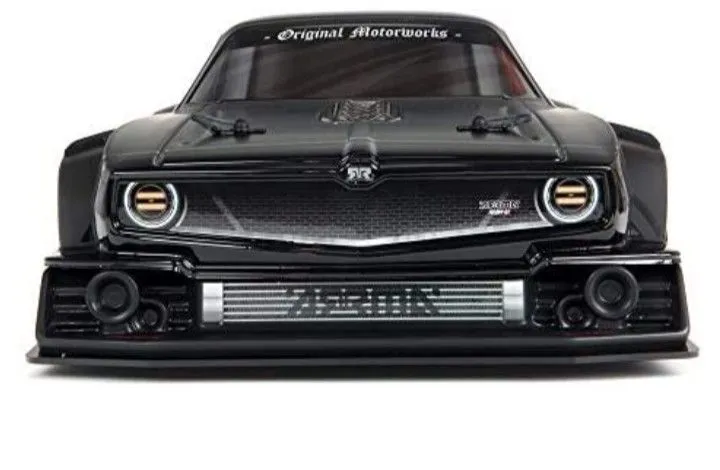
Effective negotiation is essential for successful trading. Research the market value of the models you’re trading beforehand, and be prepared to discuss the model’s condition, rarity, and any special features. Start with a fair price and be willing to compromise, as this is an essential part of the negotiation process. Be polite and respectful of the other trader’s perspective, and be ready to walk away if you cannot reach an agreement that benefits you. Building rapport with other traders can lead to more favorable deals in the future. Honest and transparent communication will build trust and lead to successful trades.
Protecting Your Models
Maintaining the condition of your diecast models is critical for preserving their value. When storing your models, protect them from direct sunlight, extreme temperatures, and humidity, as these conditions can damage the paint and materials. Always handle your models with care, using gloves to prevent fingerprints and oils from damaging the finish. If a model has original packaging, make sure to store it safely, as packaging can significantly add to the model’s value. When shipping or transporting your models, wrap them securely and use appropriate packing materials to prevent damage during transit. Proper maintenance will ensure that your models maintain their value.
Avoiding Common Trading Pitfalls
Several pitfalls can hinder your trading success. One is overpaying for models, so research market prices. Another is neglecting to check the model’s condition, as damages can dramatically reduce value. Ensure that you properly package your models. Always be wary of trading with untrustworthy individuals. Verifying the authenticity of rare models is another critical step. By understanding these common trading pitfalls, you can avoid them and increase your chances of a successful, fair trading experience. Always build trust by being fair.
Building Your Trading Network

Building a strong trading network is a long-term strategy that offers several benefits. It provides access to new trading opportunities, invaluable expertise, and a community of like-minded enthusiasts. Actively participate in online forums and at local model shows to connect with other collectors. Be reliable, honest, and a good communicator. Networking with other enthusiasts will build trust. Over time, you will build your network.
In conclusion, the world of trading diecast models is an engaging hobby that combines the thrill of collecting with the excitement of trading. By following these guidelines, you can enhance your trading experience and build a valuable collection. Whether you’re a beginner or an experienced collector, there’s always something new to discover and a new model to trade. Happy trading.
